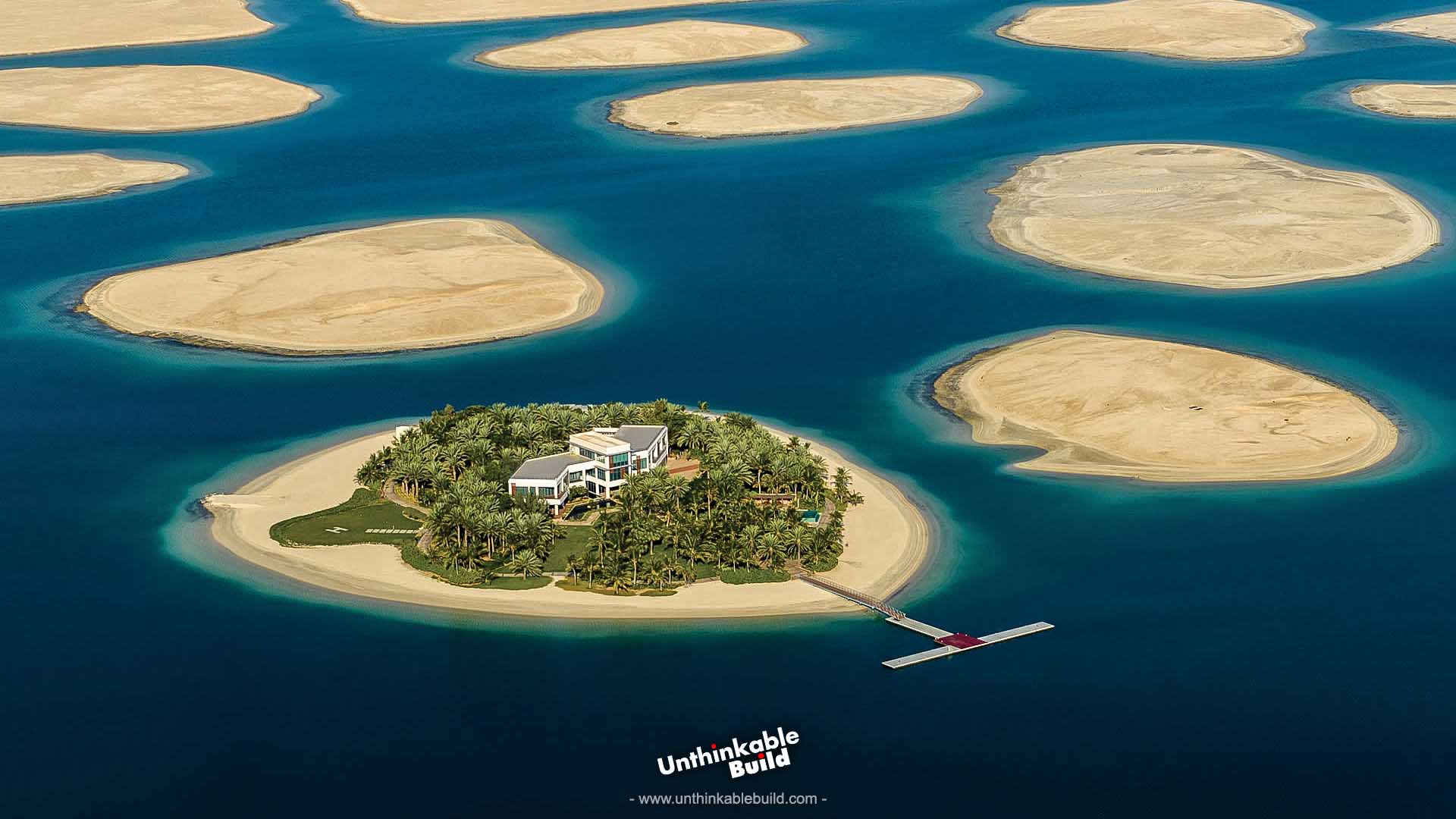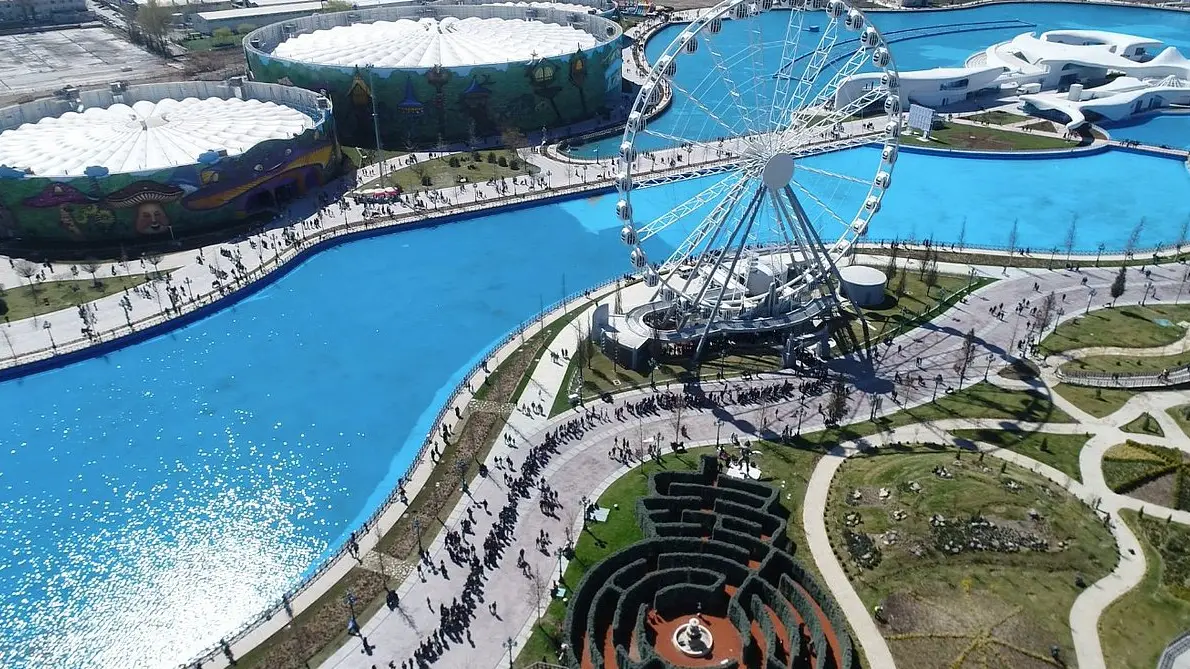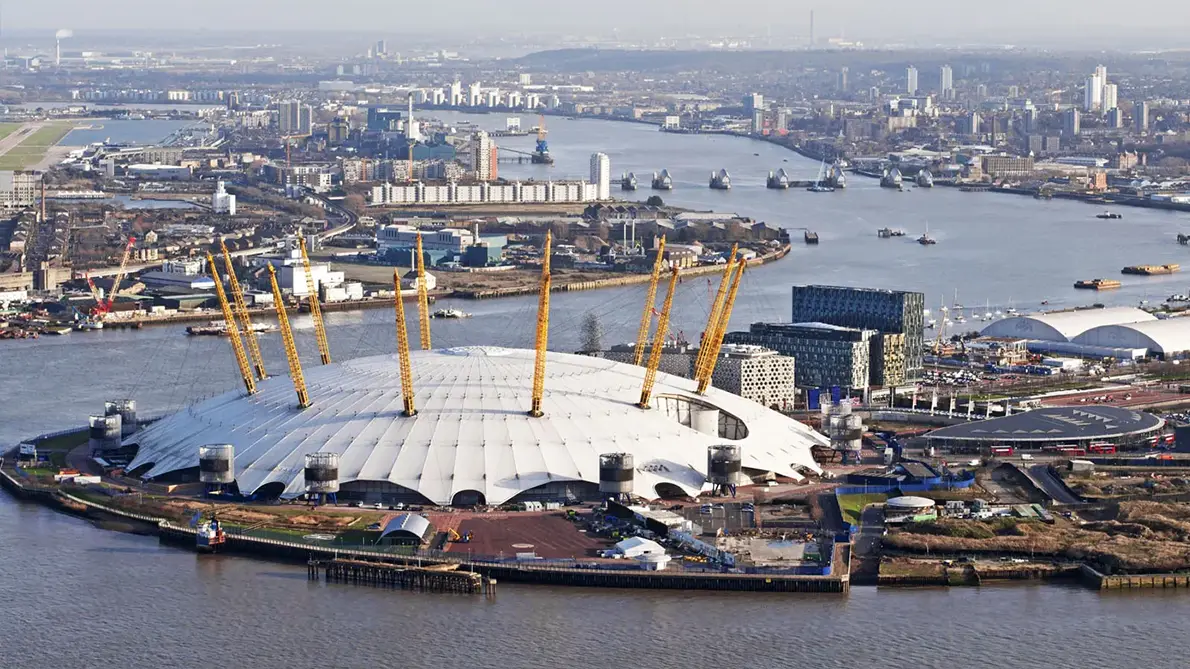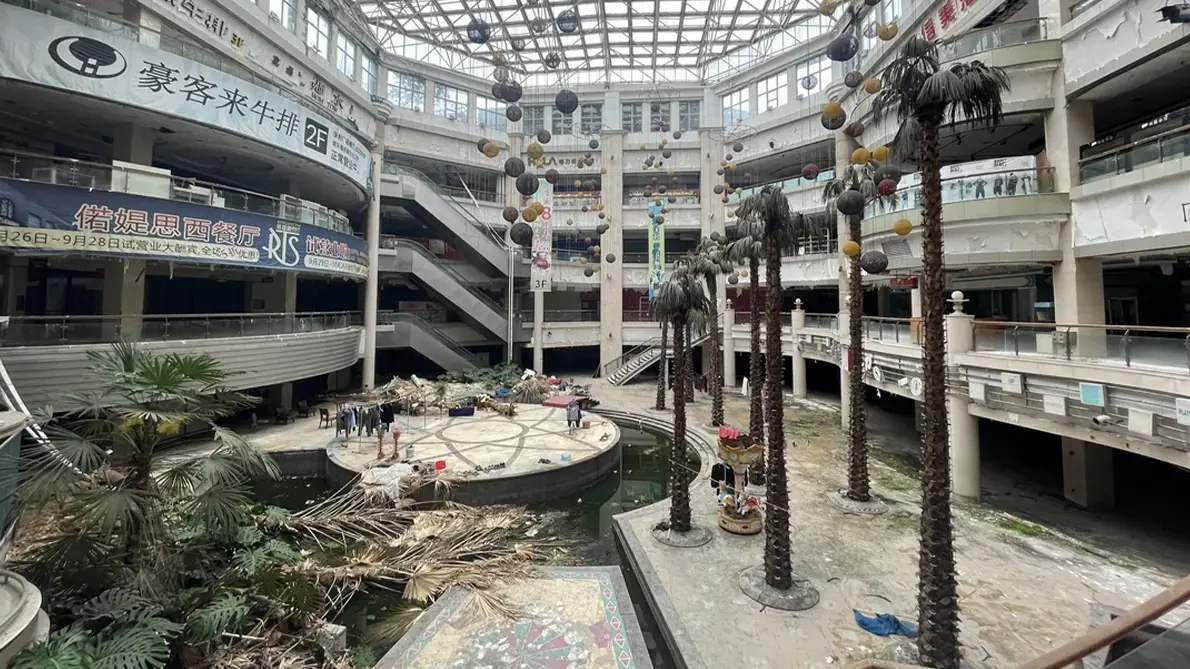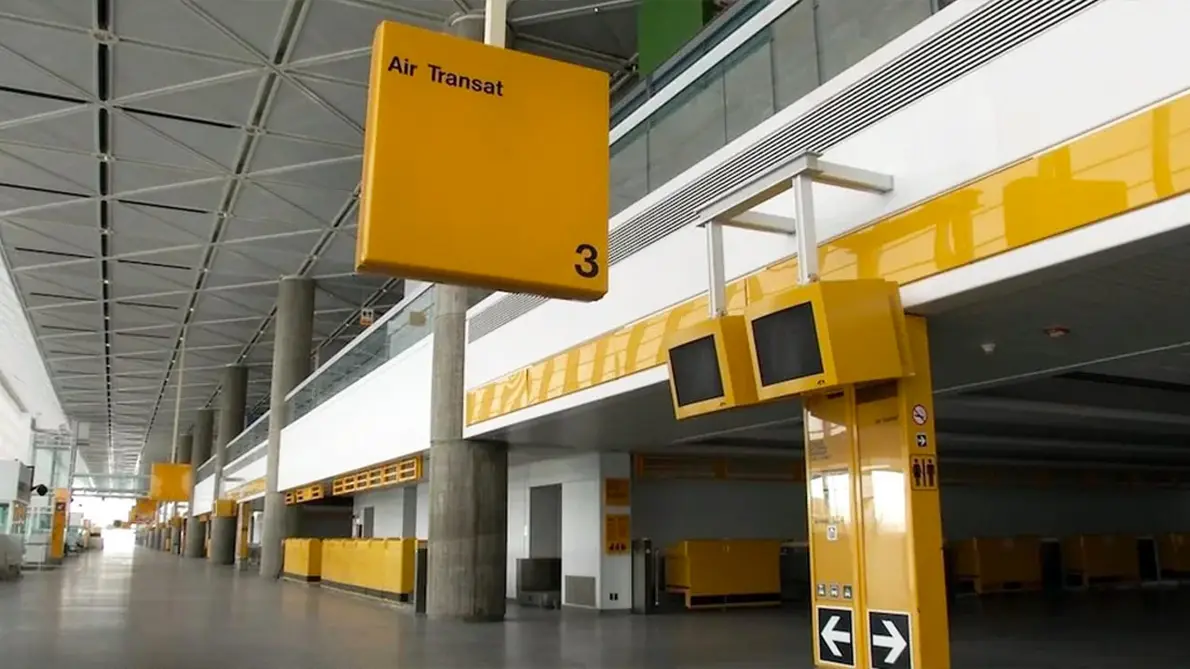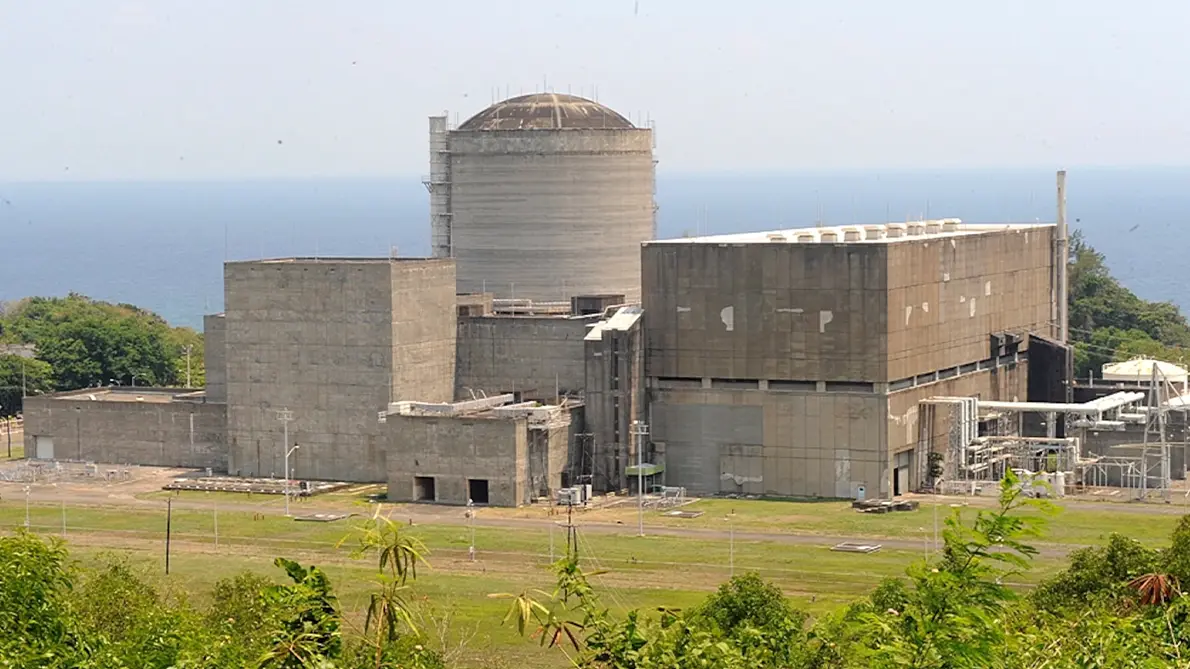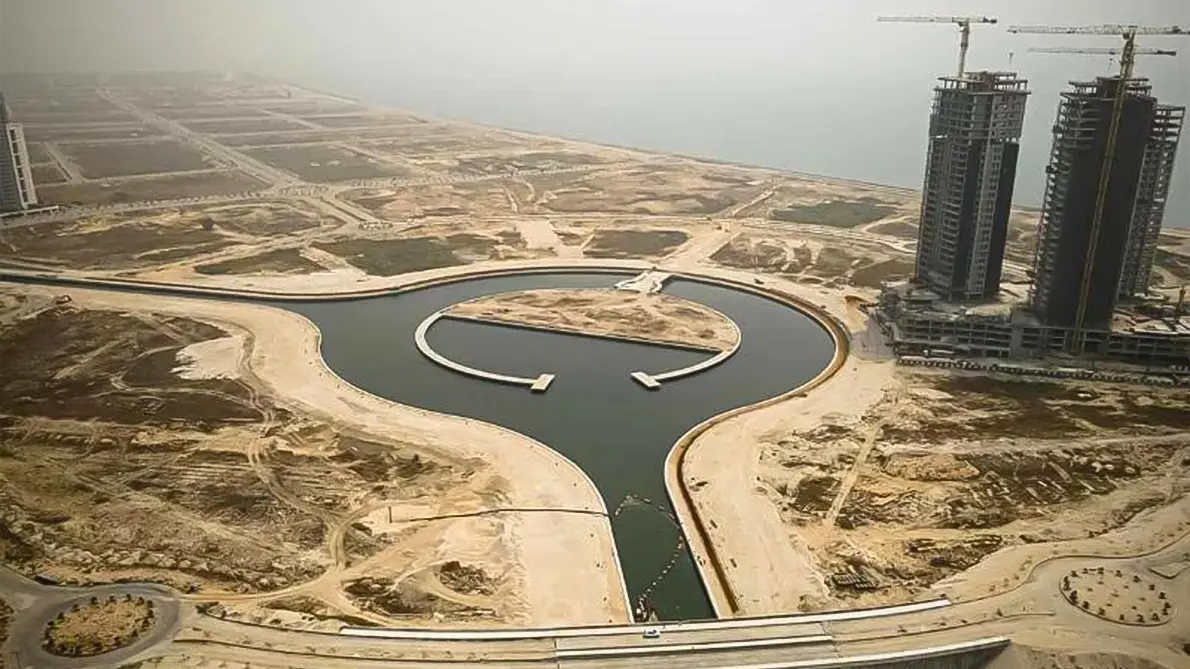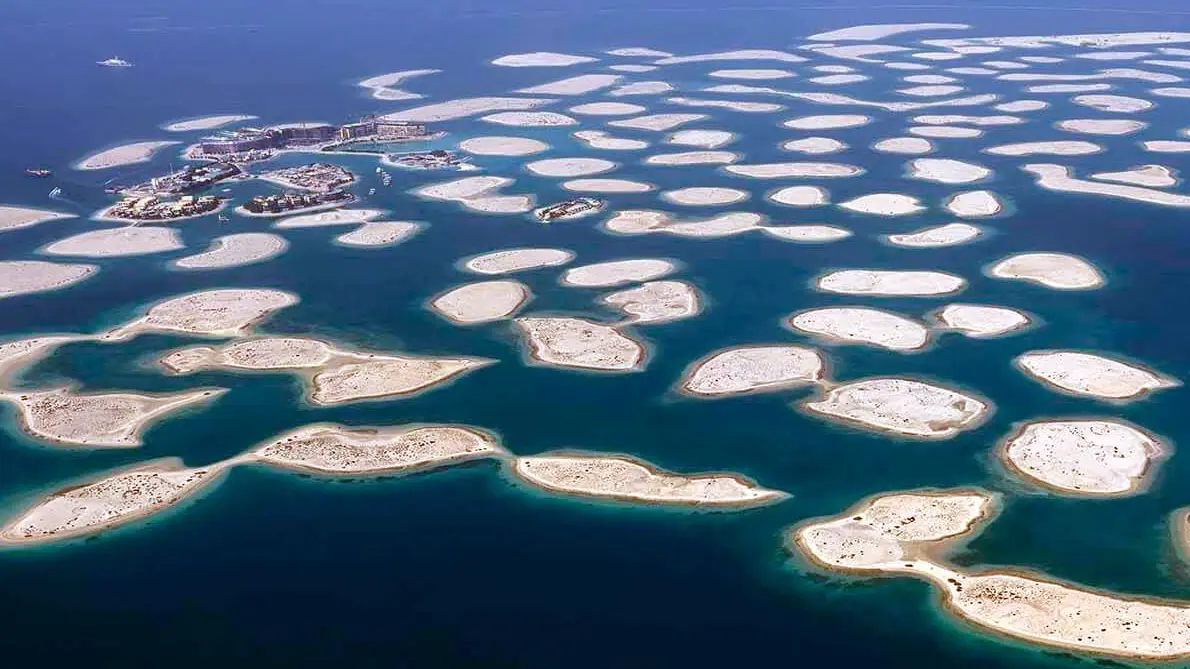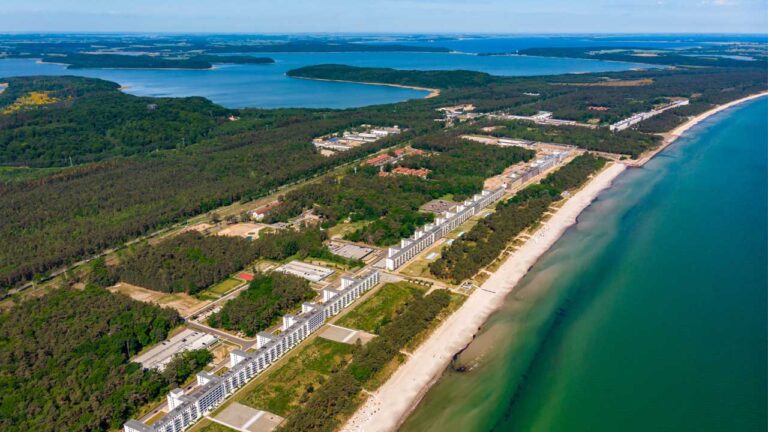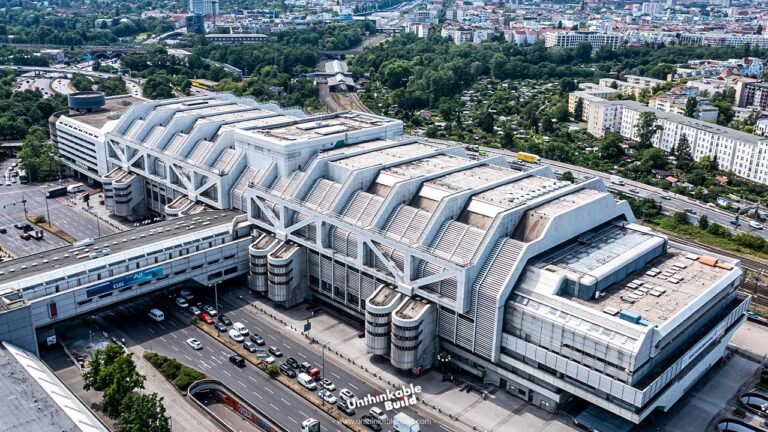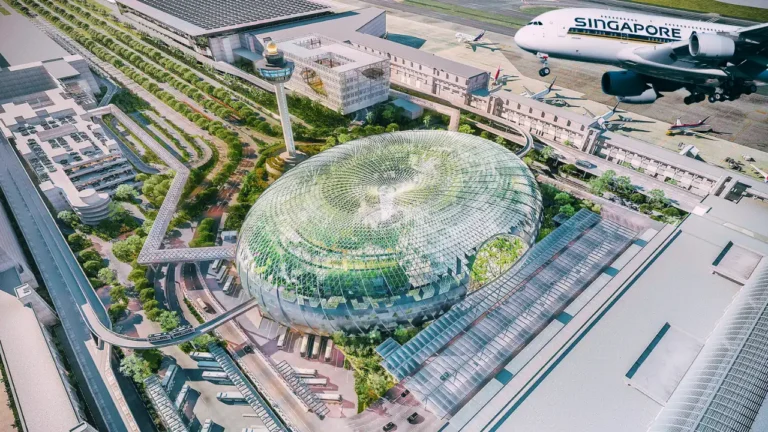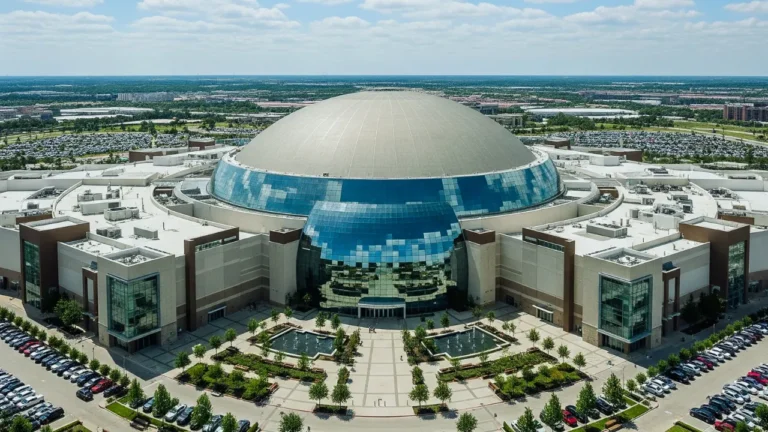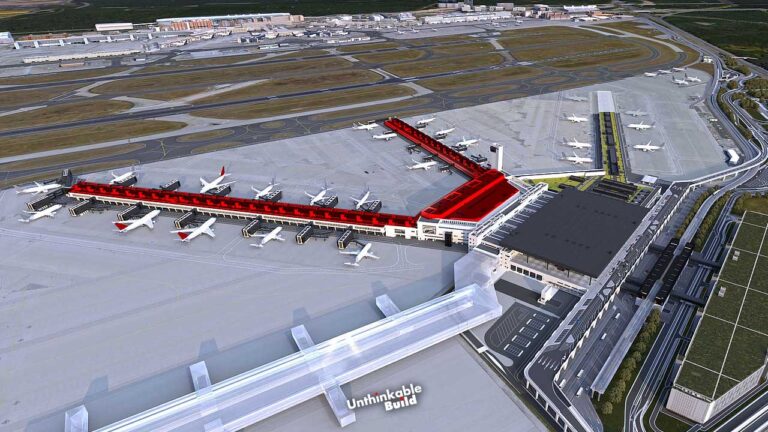The Biggest Failed Megaprojects Around the World
Dreams drive human progress. They compel nations to aim higher, reach further, and build cities where there was once only barren land. Mega projects are the bold physical manifestations of these dreams grand, ambitious, and often breathtaking in their scope. Yet while vision can ignite the imagination, it does not guarantee success.
Across the globe, some of the most ambitious construction projects have crumbled into decay, serving as stark reminders that dreams without proper planning, market research, and sustainable foundations are destined to collapse.
Today, we explore some of the world’s most famous failed megaprojects vast developments that were once filled with hope but are now abandoned shells of their former promise. These failures teach us valuable lessons about ambition, risk, and the realities of large-scale development.
Wonderland Eurasia: Turkey’s $800 Million Abandoned Fantasyland
In the heart of Ankara, Turkey, lies the haunting remains of Wonderland Eurasia, a massive theme park once hailed as Europe’s largest. Opened in March 2019 with grand ambitions, the park featured seventeen roller coasters, breathtaking rides, and fountains that reached 120 meters into the sky. It was designed to redefine family entertainment in Turkey and briefly succeeded in attracting attention.
However, the magic didn’t last long. Mechanical issues, declining ride quality, and operational problems quickly eroded public interest. Compounding the situation was the park’s failure to attract the massive crowds it needed to stay afloat. Then came the COVID-19 pandemic, delivering the final blow.
Less than a year after its grand opening, Wonderland Eurasia shut its gates permanently, leaving behind a desolate $800 million playground filled with rusting attractions and empty walkways.
Also Read: Dogger Bank Wind Farm: This Will Power 6 Million Homes in the UK
Millennium Dome: London’s Costly Miscalculation
As the world prepared to celebrate the turn of the millennium, London envisioned a grand structure that would symbolize hope, innovation, and progress. Thus, the Millennium Dome was born a colossal structure supported by twelve steel pillars, built on the Greenwich Peninsula. The Dome was designed to host exhibitions related to the year 2000, showcasing Britain’s achievements and ambitions for the future.
Despite costing a staggering $1.25 billion, the Millennium Dome struggled from the start. Attendance figures fell far short of expectations, and public enthusiasm waned quickly. Attempts to repurpose the structure, including proposals to move it to another city or sell it, faced numerous obstacles.
For years, the Dome remained an expensive embarrassment, consuming vast amounts of money in maintenance costs. It wasn’t until 2007 that the structure found new life as The O2 Arena, a thriving venue for concerts, sports, and entertainment. Although today it stands as an iconic destination, it took nearly a decade to erase its reputation as one of Britain’s most high-profile flops.
New South China Mall: The Ghost Mall of Dongguan
Built in 2005 with the dream of becoming the world’s premier shopping destination, the New South China Mall in Dongguan, China, boasted space for over 2,000 stores and grand plans for global recognition. However, its location proved to be its undoing. Situated far from any major urban center, with poor transportation links and a sparse local population, the mall was doomed from the outset.
Within just a few years, the vast majority of its retail spaces sat empty, earning the New South China Mall the unfortunate nickname of “Ghost Mall.” Developers made several attempts to revive it, adding entertainment venues like an IMAX cinema and an indoor amusement park. Although some improvements have been made and foot traffic has increased slightly, the mall remains a cautionary tale about the importance of location and market demand in large-scale development.
Mirabel Airport: Montreal’s $1.5 Billion Misstep
In the 1970s, Montreal envisioned Mirabel Airport as a gateway to the world. Designed to accommodate up to 50 million passengers annually, it was to be one of the largest airports ever built, complete with cutting-edge infrastructure and sprawling runways.
But the project had a fatal flaw: its location. Situated roughly 40 kilometers from downtown Montreal and never connected by the promised high-speed rail link, Mirabel proved to be massively inconvenient for travelers.
The city’s residents and airlines alike preferred the closer Dorval Airport, now known as Trudeau International Airport. By 2004, all passenger services at Mirabel ceased, and in 2016, the terminal was finally demolished. Today, Mirabel serves a limited role in cargo transportation and aircraft manufacturing a far cry from the world-class hub it was intended to become.
Bataan Nuclear Power Plant: A $2.3 Billion Dream Left in the Dark
In response to the oil crisis of the 1970s, the Philippines sought to secure its energy future through nuclear power. Thus, the Bataan Nuclear Power Plant was commissioned, at an enormous cost of $2.3 billion. Located near an earthquake-prone zone and within proximity to a volcano, the project faced significant safety concerns from the beginning.
Compounded by allegations of corruption, safety scandals, and the chilling effects of nuclear accidents like Three Mile Island and Chernobyl, the Bataan Nuclear Power Plant was effectively doomed before it was even completed. Though structurally finished, the plant has never produced a single watt of electricity. Today, it stands as a haunting monument to misplaced ambition, raising periodic debates over whether it should be revived to meet the country’s growing energy needs.
Eko Atlantic City: Lagos’ Unfinished Dream
In Lagos, Nigeria, a massive artificial island known as Eko Atlantic is slowly rising from the sea. Designed to be a futuristic hub for commerce, luxury living, and innovation, Eko Atlantic is built on reclaimed land protected by the Great Wall of Lagos, a barrier against coastal erosion. With an estimated cost of over $6 billion, the city was envisioned to house 250,000 residents and provide office space for 150,000 workers.
However, progress has been slow. Frequent flooding during early construction phases and concerns over rising sea levels have cast doubt on the project’s long-term viability. Moreover, critics argue that Eko Atlantic caters primarily to the wealthy elite, doing little to address Lagos’ broader urban challenges. While construction continues, the question remains: will Eko Atlantic become Africa’s city of the future, or another costly monument to overambition?
Also Read: Inside the World’s First $17BN Bitcoin City
The World Islands: Dubai’s Stranded Luxury
Dubai is famous for its jaw-dropping construction projects, but The World Islands may be its most audacious and most troubled venture yet. This $16 billion project aimed to recreate the world map in a cluster of 300 artificial islands, intended to host luxury villas, hotels, and entertainment complexes.
Initially greeted with excitement, the project stumbled during the 2008 global financial crisis. Environmental concerns, construction delays, and an overall slowdown in Dubai’s real estate market further hampered progress. Today, only a handful of the islands have been partially developed. Projects like “The Heart of Europe,” featuring floating villas and climate-controlled streets, aim to reignite interest, but the dream of a vibrant, populated archipelago remains far from reality.
Conclusion
Mega project failures are rarely the result of a single mistake. More often, they arise from a complex mix of poor planning, flawed assumptions, environmental challenges, political instability, and economic miscalculations. These billion-dollar blunders, from Wonderland Eurasia’s decaying rides to the deserted terminals of Mirabel Airport, teach us that ambition must be tempered by realism, resilience, and a willingness to expect the unexpected.
Dreams are vital they fuel progress and inspire greatness. But successful mega projects require more than just vision; they demand context, foresight, flexibility, and a deep understanding of the market they intend to serve. Only then can dreams rise beyond imagination to become lasting achievements.

